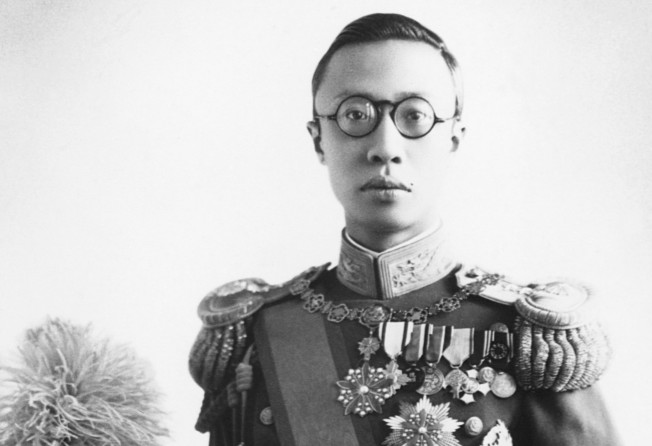
Wuchang Uprising anniversary: the revolt that ended China’s monarchy
Much as in Hong Kong recently, the failure of moderate measures lessened resistance among reformers to more extreme steps 104 years ago, writes Wee Kek Koon


Yesterday marked the 104th anniversary of the Wuchang Uprising, a revolt that brought down China’s millennia-old monarchical system.

Much like what Hong Kong has seen recently, the failure of moderate measures resulted in less resistance among reformers to more extreme ones. Revolution had become a viable alternative. The Qing court wasn’t doing itself any favours, either, with its mismanagement of mass grievances and single-minded resolve to maintain powers in the hands of the imperial family. Discontent among the people had become palpable by the time Cixi and Guangxu died, in 1908, and three-year-old Aisin-Gioro Puyi was enthroned as the Xuantong Emperor.

On October 10, 1911, reformists among government troops stationed in the city of Wuchang fired the first shots. This minor revolt sparked a conflagration. By January 1, 1912, the founding of the Republic of China was declared, followed by the abdication of Xuantong on February 12 that year.